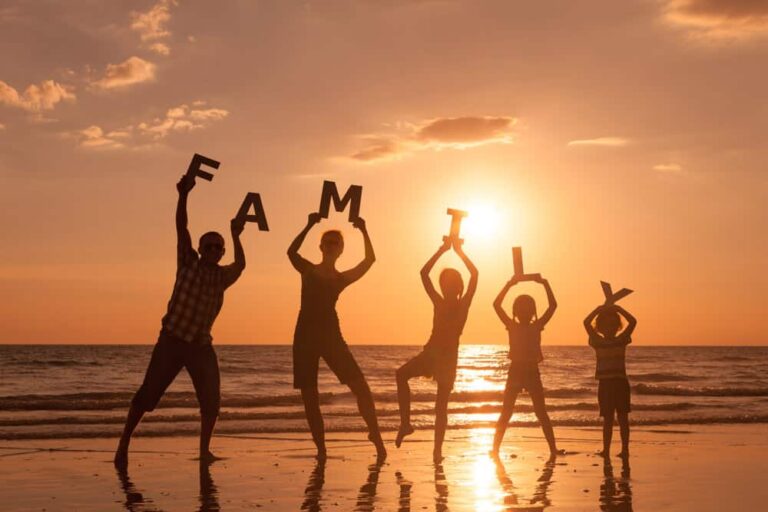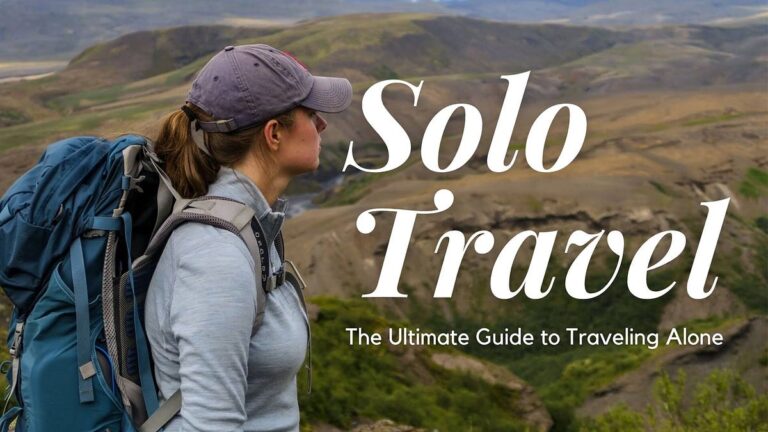One of the best aspects of traveling are the memories you create and can capture through photographs. These photos allow you to reminisce on the good times you spent while you were on your vacation. However, in order to get the most out of these memories, you want to be sure to take the best photos. Pictures with poor quality can take away from some of the memorable moments you had, so you want to get the most out of your travel photography. So, here are some tips that can help you improve your travel photography so you can capture those special moments.
This tip might seem obvious, but it is important nonetheless. Whether you are capturing wildlife or people, you want to focus your lens on the face of the most important subject. Typically, we are usually drawn to the eyes, so that’s a perfect place to focus on.
When you want to photograph people in unique cultural situations, it may require a different mindset from shooting landscapes. You will want to forget the tripod or the low ISO settings and think less about the image quality and more about capturing the moment. Make sure to be ready and rely on your autofocus and quick shutter speeds to freeze the action. Handheld is usually the best way to go as you simply will not have the time to fiddle with your tripod. When you are in bright sunlight, you can get away with ISO settings between 400 and 1000; however, once the light gets low, feel free to crank it up into the thousands. Using wider captures like f/2.8 will allow you to attain faster shutter speeds and get a pleasing shallow depth of field to accentuate the main subject. Another tip is to shoot in Aperture Priority mode which lets you quickly dial in the desired aperture as your camera decides on the shutter speed.
Another great idea would be to take some time while you’re traveling to learn some of the basic language skills for your location. Knowing how to say simple phrases like “Hello, excuse me, please, thank you, sorry, yea, and no,” can go a long way even in some countries where English is spoken in the tourist areas. This basic knowledge of the language will also make a huge impact on the type of access you can get and the things you will be able to see as it opens the doors to things that would be otherwise closed to the average tourist.




